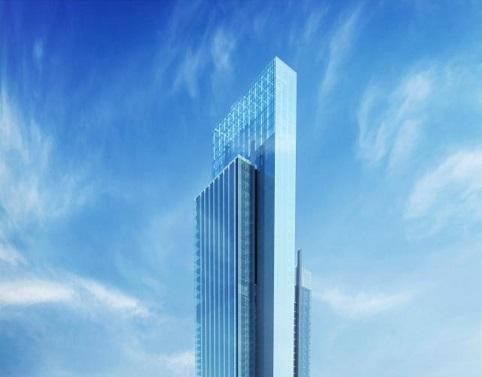Vienna has big plans: the Austrian capital aims to be climate neutral by 2040, and public transport will play a key role in achieving this objective, through both an expansion of the services on offer and modernisation of existing infrastructure.
Wiener Linien, the public transport network, is launching a programme to this end in 2024 – and more than 850 million euros is to be invested in total, of which no less than 220 million euros is earmarked for maintenance and renovation:
- Vienna has the sixth-largest tram network in the world.
- In 2023, Vienna’ underground trains and trams covered a total of 38 million kilometres – a distance equivalent to travelling approximately 2.5 times round the world every single day.
It will thus come as no surprise that the project’s focus will be the renovation of rail infrastructure, with stations, tunnels, bridges and signalling systems also due for modernisation.
Besides considerations of long-term provision and sustainable mobility, there is also the issue of quality of life; Vienna’s population is growing rapidly and public transport has to be able to keep pace.
The range and condition of the services provided by the public transport network are also part of any city’s calling card and help maintain its comparative status – for years now, the city on the Danube has been adjudged to be one of the best places to live in the world by a host of different ranking listings (Mercer, for example).
But at what cost? In a 2023 Greenpeace survey of the affordability of public transport in 30 European countries and their capitals, Vienna came in eighth (Greenpeace: Climate and public transport ticket in europe, pdf document).
Wiener Linien has also opened a competence centre for eMobility this year, further evidence of the company’s awareness of its responsibility towards the city and its people for a more climate-friendly future.




